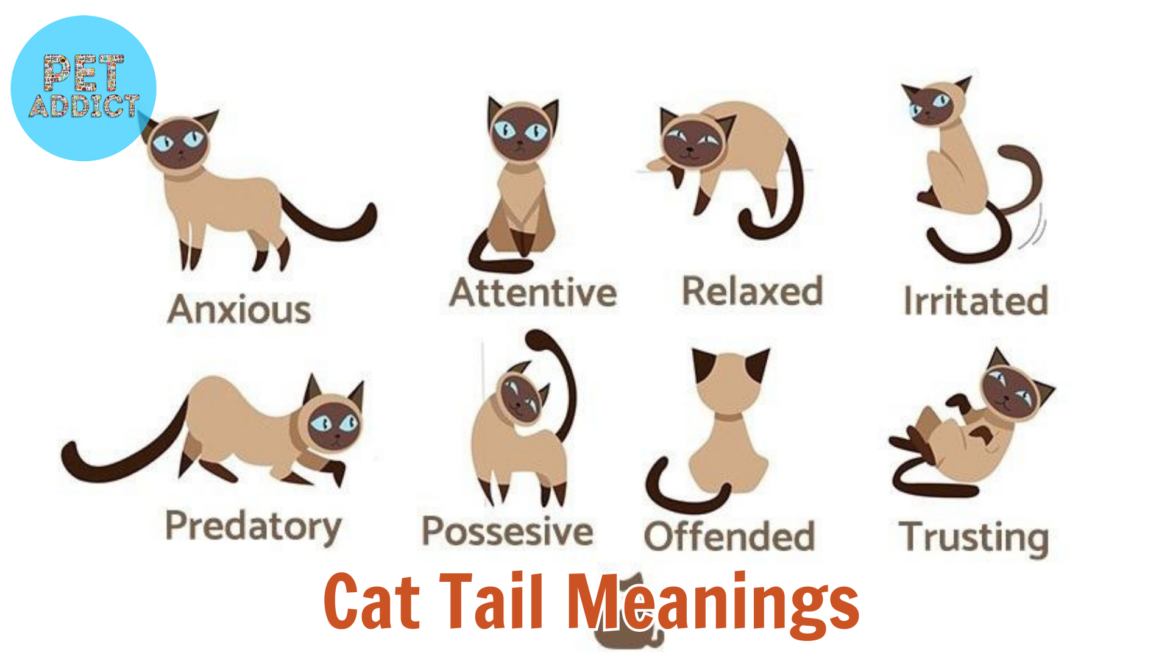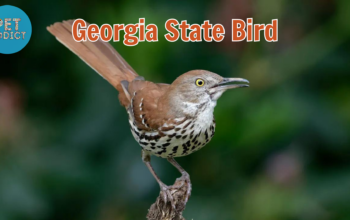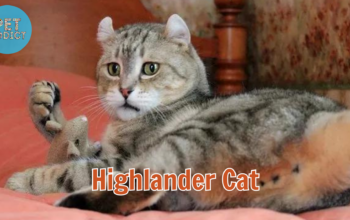Cats are renowned for their expressive tails, which serve as a powerful communication tool. A cat’s tail movements and positions can convey a wide range of emotions, from happiness and contentment to fear and aggression. In this article, we’ll delve into the meanings behind different cat tail positions and movements, helping you better understand your feline companion’s feelings.
PetAddict.net – The best place where you can find everything about your pet!
The Straight-Up Tail
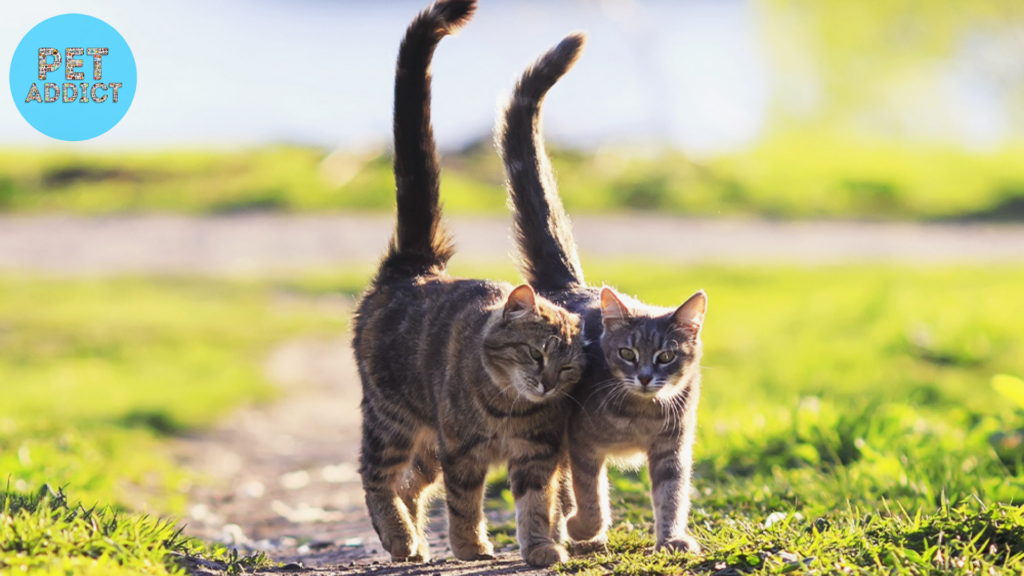
When a cat holds their tail straight up in the air, it’s a signal of confidence, contentment, and excitement. This is often seen when cats greet their human companions or other friendly animals. The straight-up tail can also be a sign of trust, indicating that your cat feels safe and secure in their environment.
The Puffed-Up Tail
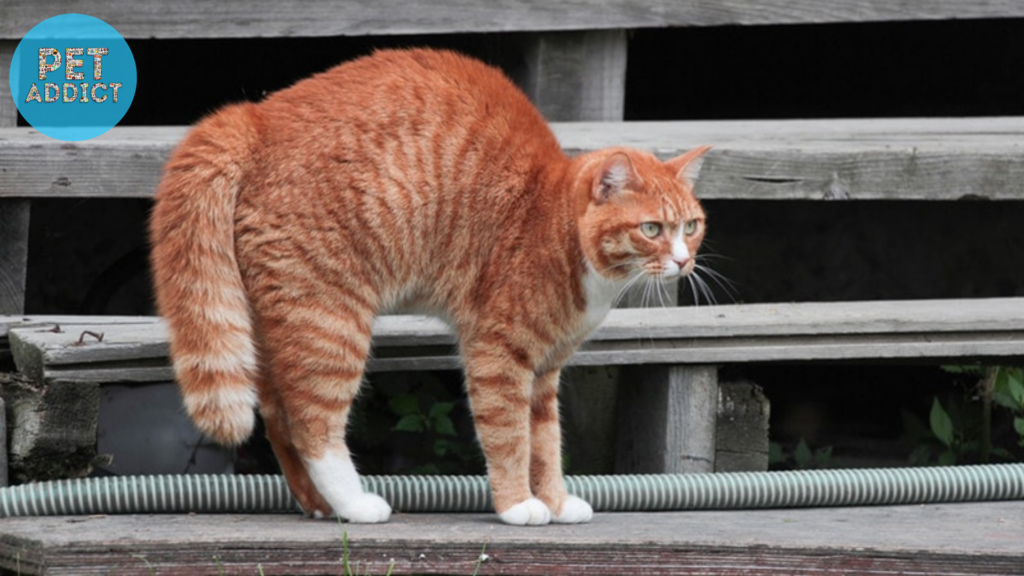
A puffed-up tail, also known as piloerection, indicates that a cat is feeling threatened, scared, or agitated. This defensive posture makes the cat appear larger and more intimidating. You might observe this tail position when your cat encounters a new and potentially intimidating situation or a perceived threat.
The Curled Around Tail
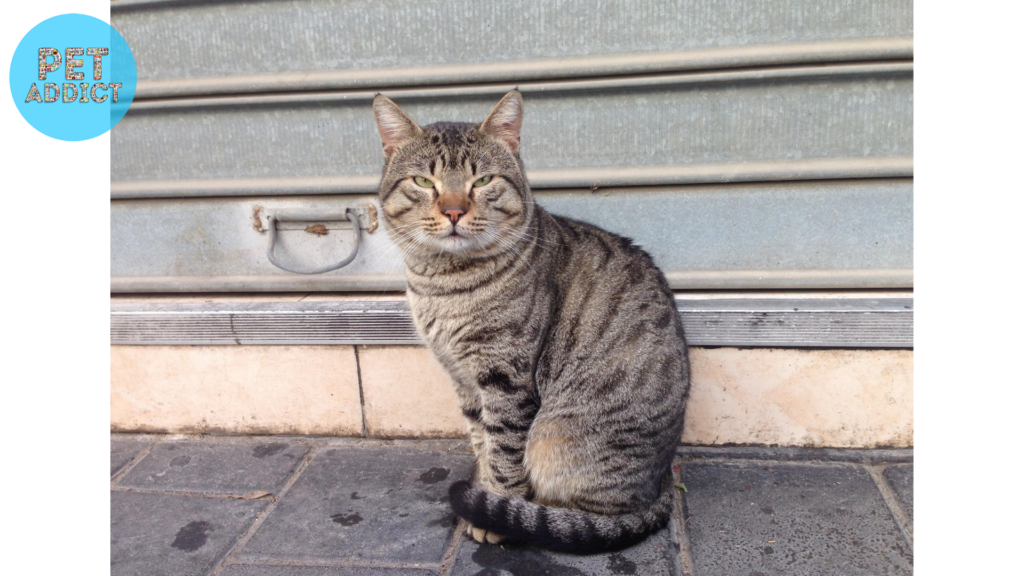
When a cat curls their tail around another cat, a human, or an object, it’s a sign of affection and bonding. This tail position often accompanies other friendly behaviors, such as head rubbing and purring. Your cat is essentially saying, “I like you, and I feel comfortable around you.”
The Quivering Tail Tip
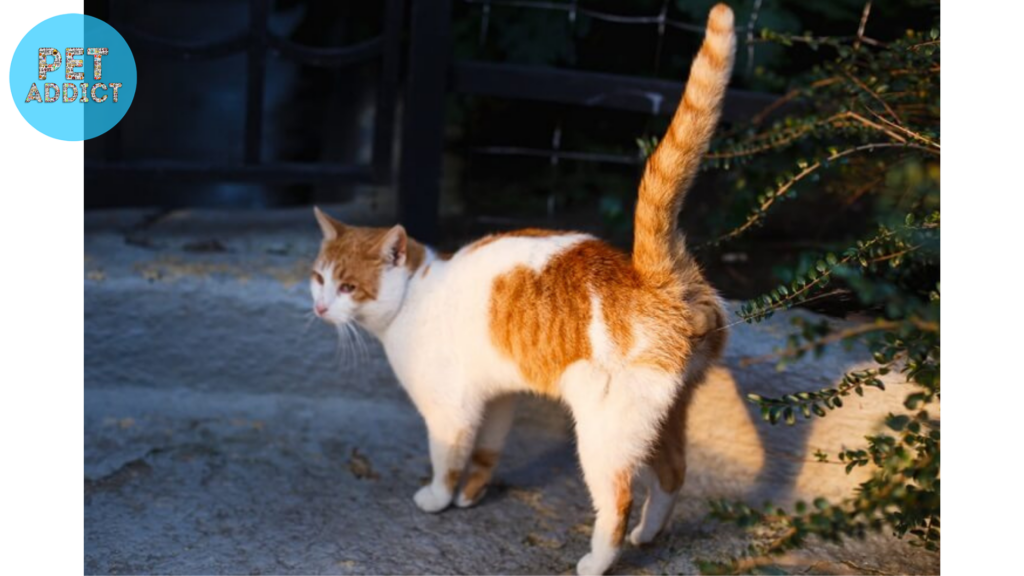
A quivering tail tip can be observed when your cat is extremely excited, focused, or curious. This tail movement is often seen during playtime or when your cat is observing something intriguing, like a bird outside the window. It’s a manifestation of their heightened state of alertness.
The Flicking Tail
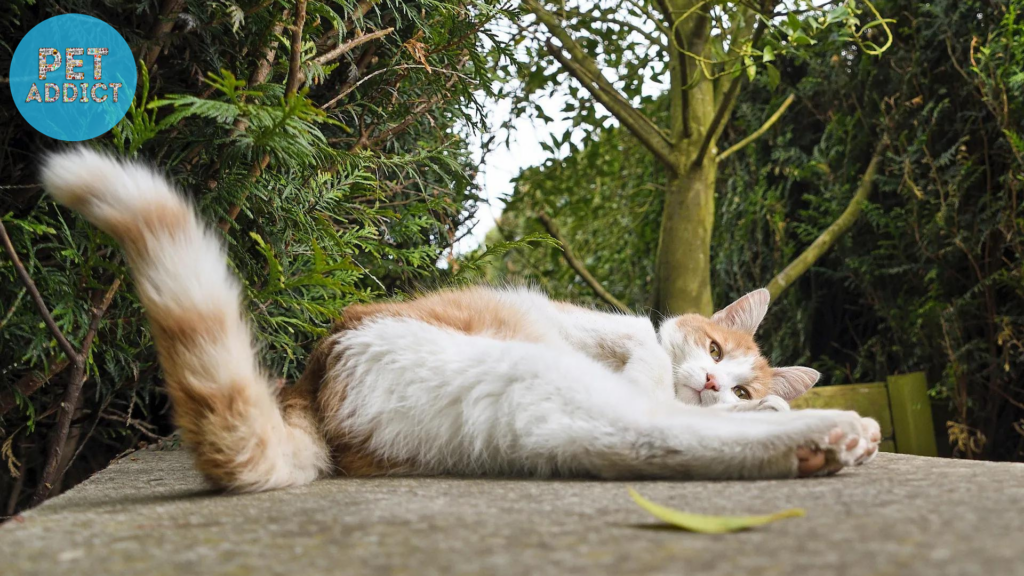
A flicking or twitching tail can have various meanings depending on the situation. It might indicate annoyance, restlessness, or anticipation. For example, if you’re petting your cat and their tail starts flicking, it could mean they’ve had enough and would like you to stop. However, during play, a flicking tail might indicate excitement and engagement.
The Tucked Tail
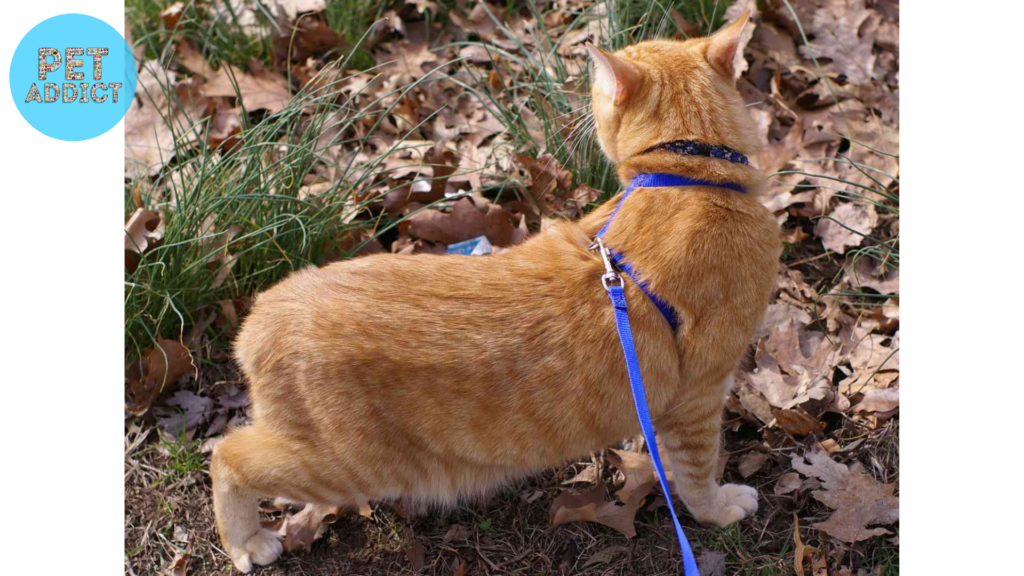
A tucked tail, where the tail is positioned close to the body, is a clear sign of fear, submission, or anxiety. Cats might adopt this tail position when they encounter something they find threatening or overwhelming. It’s important to provide reassurance and a safe space for your cat in such situations.
The Slow Tail Lash
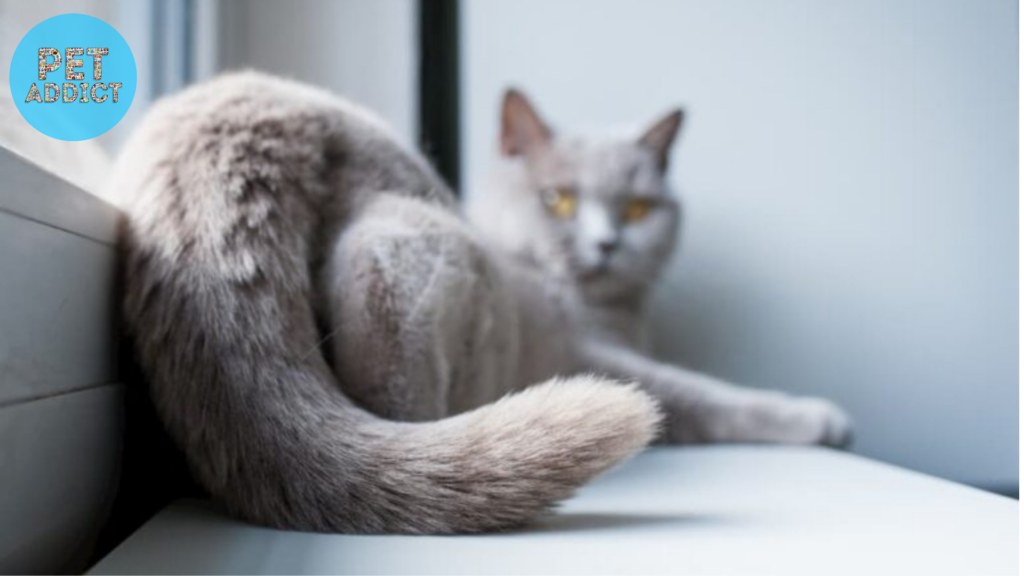
A slow, deliberate tail lash from side to side often signals annoyance or frustration. This tail movement is your cat’s way of expressing mild irritation. It’s a good idea to give your cat some space if you notice this behavior to prevent escalating their discomfort.
The Straight-Out Horizontal Tail
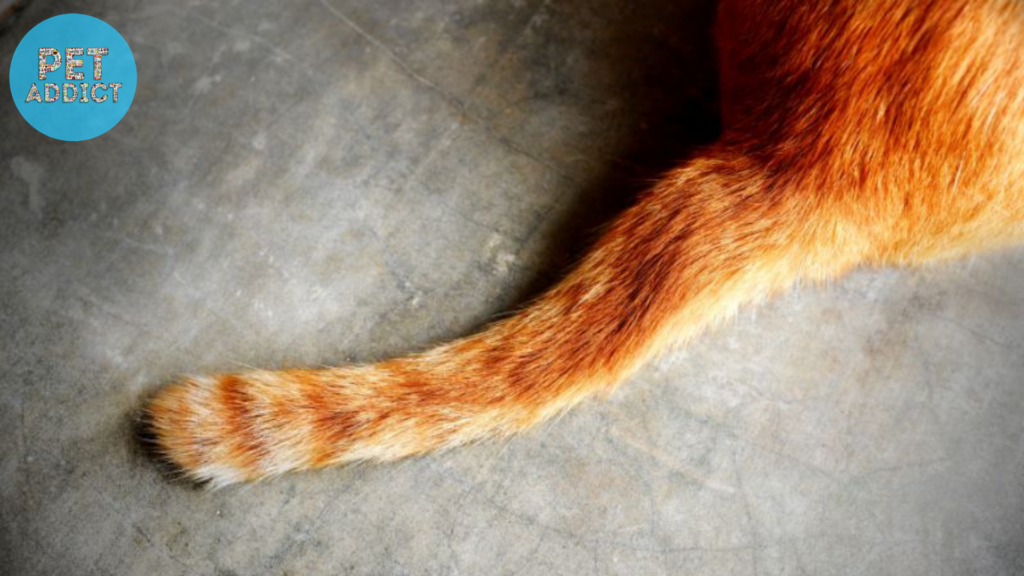
A cat holding their tail horizontally and straight out from their body is in a neutral or content state. This is a common tail position seen during everyday activities, such as walking or lounging. It reflects a calm and relaxed mood.
Conclusion
Understanding the nuances of your cat’s tail language can enhance your bond and communication with your feline companion. By paying attention to their tail positions and movements, you can gain insights into their emotions and respond appropriately. Just like any form of communication, it’s important to consider the context and your cat’s overall body language to accurately interpret what their tail is trying to tell you.
FAQs
- Why does my cat’s tail puff up suddenly? A puffed-up tail is a defensive response to fear or threat. Your cat is trying to appear larger and more intimidating to potential dangers.
- What does it mean when a cat’s tail vibrates? A vibrating tail, also known as “tail quivering,” can indicate heightened excitement or curiosity.
- Why does my cat’s tail twitch when they’re sleeping? Tail twitching during sleep is usually a normal physiological response and might be related to dreaming or muscle twitches.
- Is it okay to touch my cat’s tail? Some cats are sensitive about their tails and might not appreciate being touched there. Always observe your cat’s reactions and respect their boundaries.
- Why does my cat’s tail twitch when they’re petted? Tail twitching during petting could indicate overstimulation. Watch for other signs, such as flattened ears or attempts to move away, to determine if your cat has had enough.

